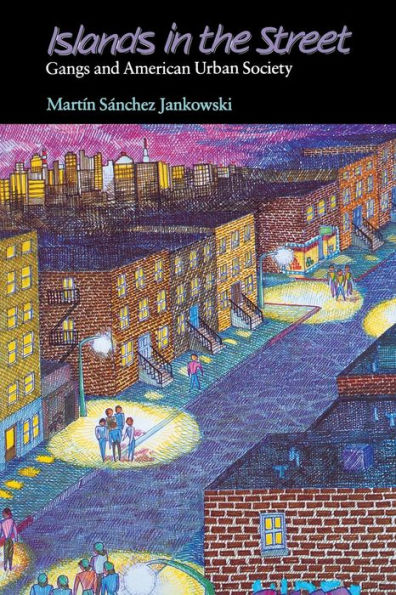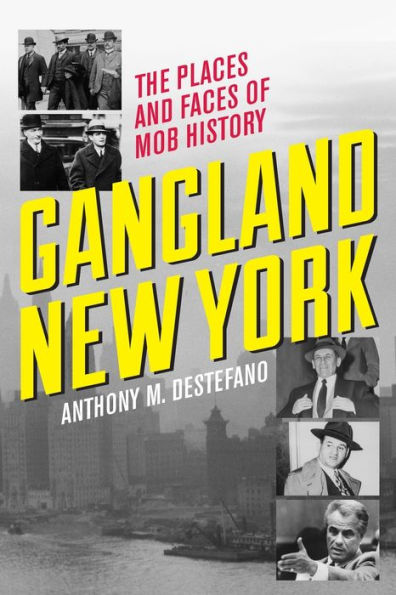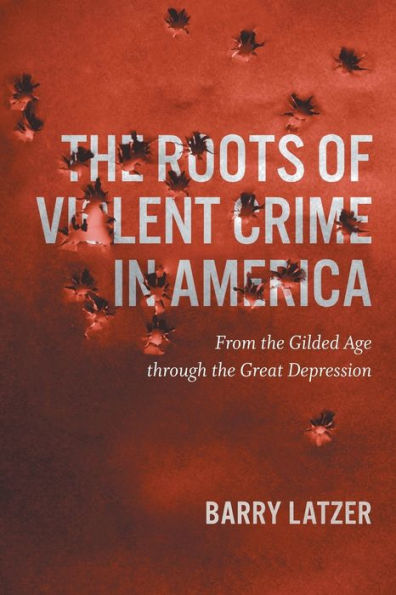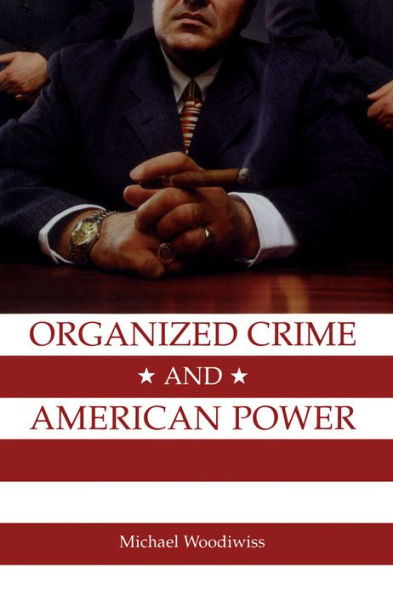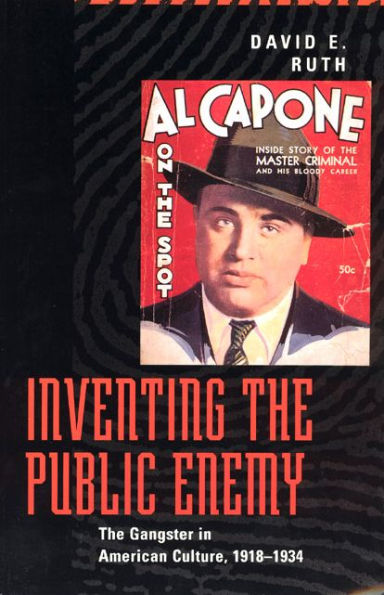Home
the History of Street Gangs United States: Their Origins and Transformations
Loading Inventory...
Barnes and Noble
the History of Street Gangs United States: Their Origins and Transformations
Current price: $123.00


Barnes and Noble
the History of Street Gangs United States: Their Origins and Transformations
Current price: $123.00
Loading Inventory...
Size: Hardcover
*Product Information may vary - to confirm product availability, pricing, and additional information please contact Barnes and Noble
This book is an historical account of the emergence of youth gangs and the transformation of these into street gangs in the United States. The author traces the emergence of these gangs in the four major geographical regions over the span of two centuries, from the early 1800s to 2012. The author’s authoritative analysis explains gang emergence and expansion from play groups to heavily armed street gangs responsible for a large proportion of urban crimes, including drive-by shootings that often kill innocent bystanders. Nationwide, street gangs now account for 1 in 6 homicides each year, and for 1 in 4 in very large cities. In recent years, the number of gangs, gang members, and gang homicides increased, even though the U.S. has seen a sharp drop in violent and property crimes over the past decade. The author’s historical analysis reveals the key contributing factors to transformation of youth gangs, including social disorganization that occurred following large-scale immigration early in American history and urban policies that pushed minorities to inner city areas and public housing projects. This analysis includes the influence of prison gangs on street gangs. The first generation of prison gangs emerged spontaneously in response to dangers inside prisons. The second generation was for many years extensions of street gangs that grew enormously during the 1980s and 1990s, particularly in large urban areas in which public housing projects have served as incubators for street gangs. The third generation of prison gangs is extremely active in street-level criminal enterprises in varied forms, often highly structured and well managed organizations that are actively involved in drug trafficking. In recent years, returning inmates are a predominant influence on local gang violence. Now, prison gangs and street gangs often work together in street-level criminal enterprises. This book identifies the most promising ways that gang violence can be reduced. The best long-term approach is a combination of gang prevention, intervention, and suppression strategies and programs. Targeted suppression of gang violence is imperative. Street-workers that serve as violence interrupters can break the cycle of contagious gang violence.

